Unseen Worlds - Infrared Film and Worldbuilding
2023/06/30
An Update on My Life
I have never been keen to share much about myself online. As much as I post about my hobbies and interests and engage in discussions, I have always taken care to remain as anonymous as possible. If one were to look, there would (hopefully) be little trace of my actual identity online apart from a few vague details—artist, writer, photographer, Team Fortress 2 player, semi-fluent French speaker, and other such things.
However, for the few of you who keep up with my blog, I think it’s time you knew a little more about me. Juuust a little…
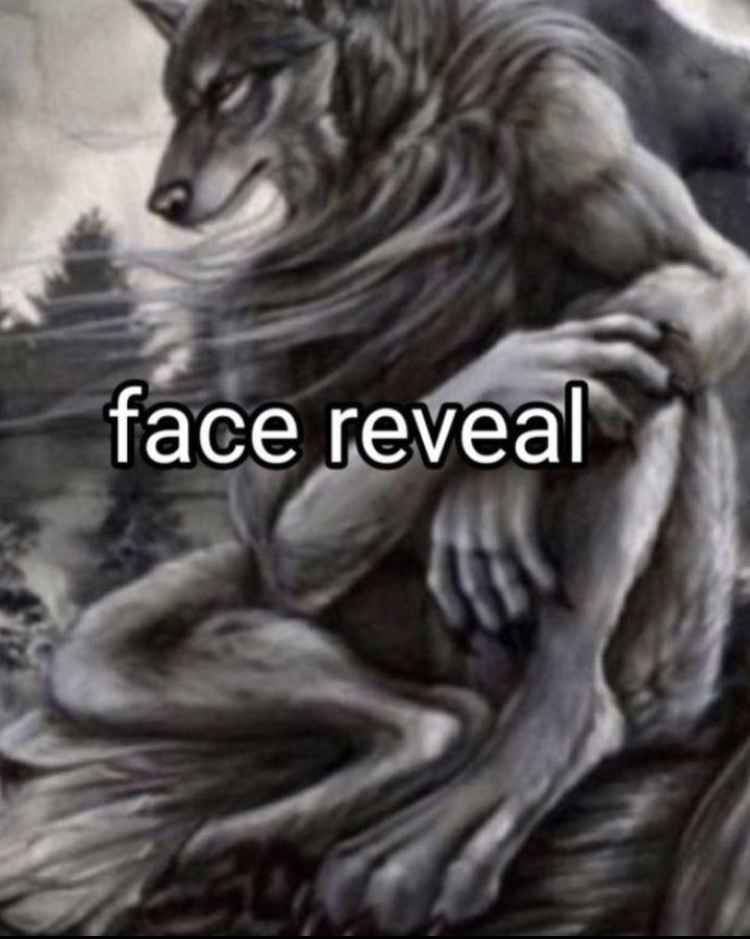
First of all, I’ve been meaning to get back into my website for the past few months, and now that finals are over, I finally have the time. Second, I got into my dream art school, Rhode Island School of Design, and my parents have agreed to help pay my tuition. I’m really looking forward to moving to the bustling US east coast, and being able to learn in a place specifically tailored to my kind of creative interests. Finally, I also got a summer job. Like, an actual generously paying job, and not the freelance work I usually do for spare change.
It’s going to be a lot. Moving all the way across the continent and living so far away is very daunting, and my summer job—which is to teach digital art at a local studio—will definitely be more demanding than any work I’ve tackled so far. But I don’t have to deal with any of that for now, and all the stress of class is gone. Days of warmth and freedom stretch ahead of me, filled with sun and leaves and sand and water. I still get to enjoy my home city for a bit longer, and you best bet I will. I’ll hang out with my queer friend group, hit up all the thrift stores, bike down abandoned railroads, play with old cameras, and pour all I’ve got into my silly little projects at home.
Kodak High-Speed Infrared Film
Thanks to a few good connections and a lot of good luck, I recently got my hands on a bunch of free film from a local darkroom. All the film in this lucky haul was, unfortunately, at least twenty-nine years expired, but fortunately they had all been stored in a 1950s style refrigerator that had been running for decades—or at least long enough for its freezer compartment to become encased in a solid block of ice. In the end I got five rolls of Kodak Recording Film 2475, two rolls of Kodak T-MAX 400, one 120 roll of Kodak T-MAX 100, four rolls of Kodak Vericolor III, and one roll of Kodak High-Speed Infrared.

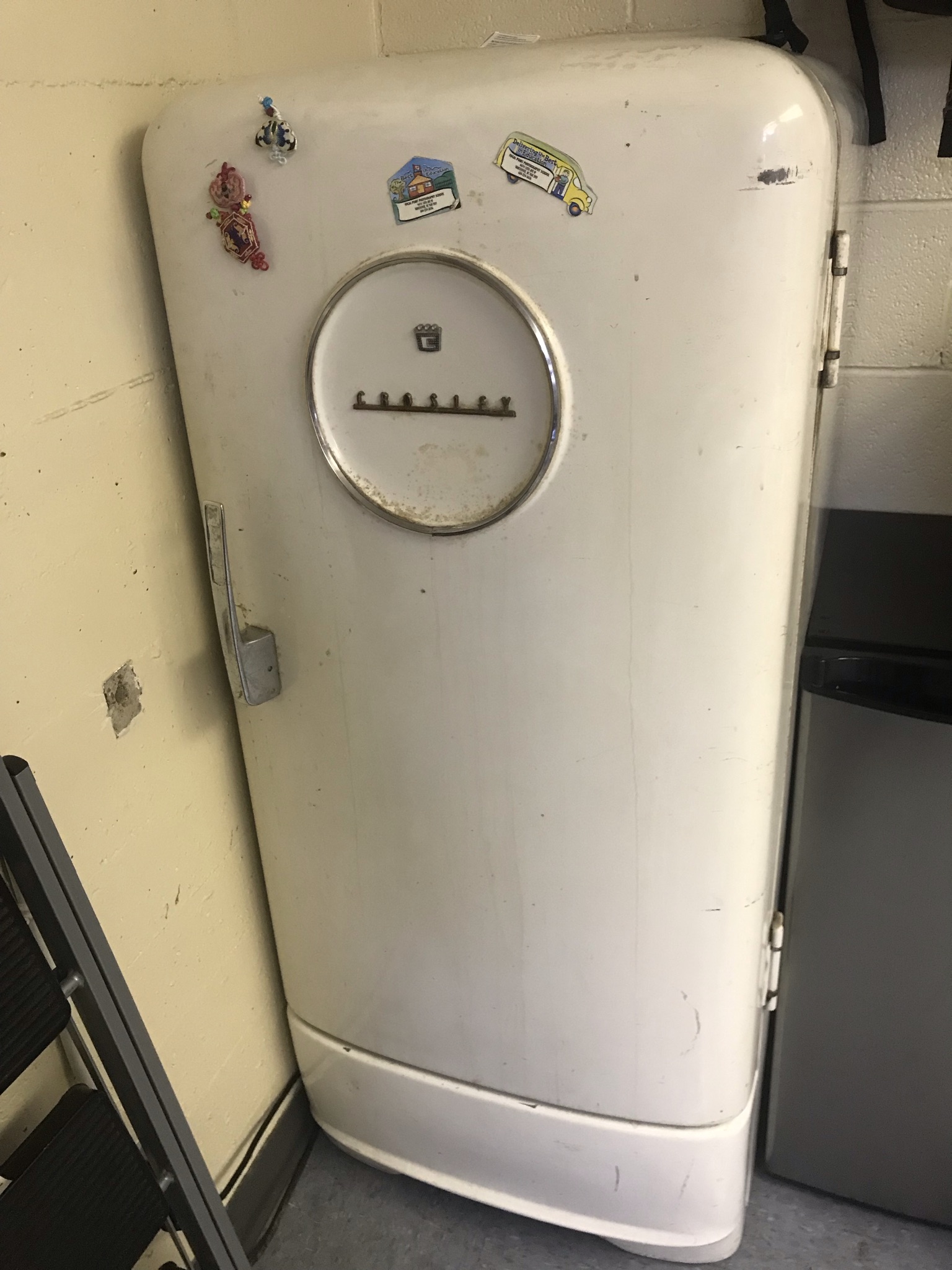
There wasn’t too much of note about most of the film, apart from the fact that they were remarkably well-preserved. With just a bit of overexposure, the T-MAX produced images as good as new unexpired film, though it only expired when Kurt Cobain did. Though with a lot of grain and color shifts, the Vericolor III also performed surprisingly well, especially for having roughly the same best-before date as the release of the classic 1988 American action film Die Hard starring Bruce Willis. Only the recording film had any significant issues, with moderate fogging in the film base and very high grain in the image, but for an ISO 1000 film that should have been thrown out by the time Reagan stepped down it isn’t bad at all.












What really caught my eye, however, was the Kodak High-Speed Infrared roll. The human eye cannot see infrared light, but both film and digital cameras are easily able to capture infrared with only a few modifications. The resulting images, dazzling scenes of pink trees and black skies, had long captured my imagination, so infrared photography had been one of my goals since I first got into film. Long story short, I could not pass on the opportunity to finally try it out, and what better film stock to use than the coveted Kodak HIE?
In hindsight, it might have been better to practice with a less rare film first, since I could have easily (but thankfully hadn’t) messed up the entire roll on several occasions, but the HIE was free and already there. In any case, I picked up a couple of polarizing filters and stacked them together to create an improvised infrared filter, loaded the infrared film into my Mamiya Sekor 500TL in a darkbag as per the canister’s instructions, and went shooting.
Not often enough do we appreciate the fact that the world we see, the world we sense is only a small fraction of reality. The three primary colours most of us perceive may work together to produce a dazzling array of hues, but the range of wavelengths our eyes detect is barely a rounding error in the full spectrum of electromagnetic radiation. When we shift this perception, then, to a different range of wavelengths, the world we know becomes something fascinating and alien.







Ignoring the fact that I missed the focus on a lot of these shots due to infrared chromatic aberration, they all look really cool. The chlorophyll inside plants reflects infrared light, rendering vegetation bright white, while the blue of skies and water are filtered out by the polarizing filter to become deep black. Most images were shot at f/2.8 1/60th a second, but I recommend longer exposures stopped down to f/8 for better focus. HIE has no official ISO rating, so play around with it as you wish (and as your wallet permits).

Just as fascinating as landscapes is what people look like on infrared film. Above is a photo of a friend who usually absolutely slays with their dazzling outfits, but all the myriad colours in their shirt, socks and coat were turned to bleached white under infrared light. Nonetheless, their pose is enough to convey the style that they usually carry under visible light.
This adventure into infrared photography did not, however, end on a high note. On the 35th frame of the roll, my Mamiya Sekor 500TL suddenly malfunctioned. The viewfinder mirror would not lift on its own, which in turn prevented the shutter from releasing. This issue occurred again on the 36th frame, leaving me with two empty frames on the roll. The biggest loss here isn’t that I wasted the last bit of a coveted and discontinued film, but that the camera has not functioned properly after that. It’s broken now. The first mechanical film camera I ever got, and the one that truly began my hobby, now a paperweight. It makes me a bit sad to see such a sentimental object die so suddenly. At least the lens still works. And I’m probably gonna throw the camera body at a cop to end things on a high note.
Professional Daydreaming
Sometimes, the unseen worlds around us can’t be seen until we bring them to life.
I’ve always loved creating worlds of my own imagination, fictional settings where all my favourite ideas can play out. And from what I’ve seen, I’m far from the only one. Reality is nice and all, but sometimes it doesn’t scratch our deepest itches—and that’s where stories come in to bring us everything that isn’t possible in our day-to-day lives. Through these story-worlds we can explore any aspect of society, nature, or the human condition. In this, our lives are filled with unseen worlds, made of thought and imagination. And probably a lot of fetishes.
Of course, I am talking about worldbuilding.
Because we do inevitably bring these worlds to life through art and writing and countless other mediums, worldbuilding is everywhere in fiction. Every story has a setting no matter the genre and medium. It could be as small as the high school where a teen drama takes place, or as big as an entire world filled with the magic and mystery of a high fantasy adventure. From the ever so slightly different version of Washington from the Twilight Saga, to the fantastical and expansive Discworld where the series of the same name takes place, the creator of every story must also create a home for their characters and events. Stories almost never exist in our base reality, nor are they usually ever set in environments completely outside of our understanding. In the space between these extremes, we build worlds.
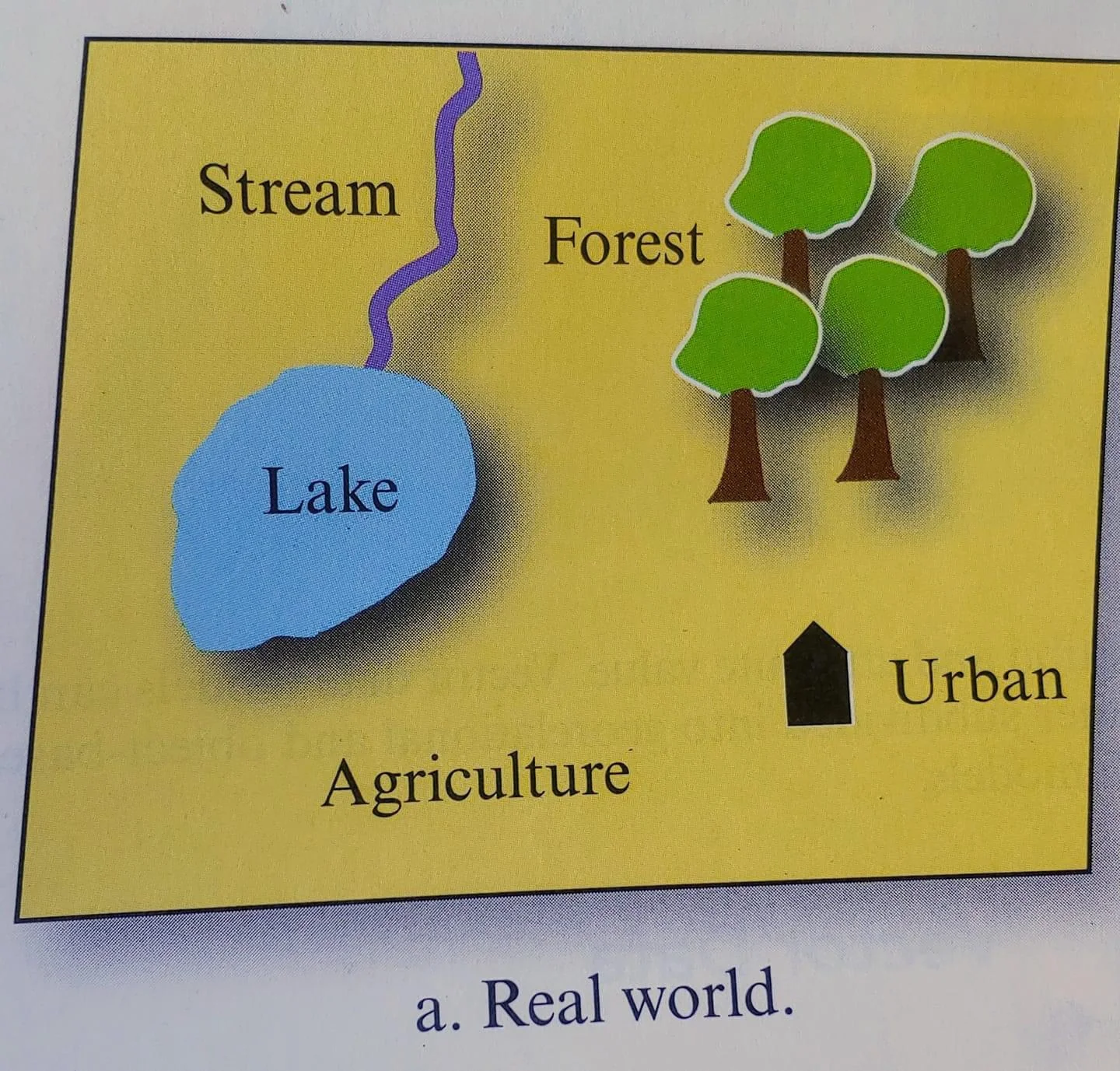
In general, I think there are two kinds of settings in fiction—what I have taken to calling “connected” and “disconnected” settings. The first kind, connected settings, are as my name for them suggests, connected to the real world. Not in that they must share familiar elements with reality, but in that they have ties to real life locations. The second kind, disconnected settings, have no ties to the real world. That is to say the locations we are familiar with in real life play no part in these settings.
Genres such as drama, romance, and urban fantasy often take place in connected settings. Take, for example, American Gods by Neil Gaiman. The book (and television series, though I haven’t watched that) is set in the United States during the then-contemporary late 90s, with very clear references to many real-life locations. Underneath that, however, there are also many gods roaming the land, including ones from the cultures of American settlers and immigrants. The plot of the story concerns the clashes between the common world and the world of gods, as well as the way they adjust to a modernizing world. This embodies the essence of urban fantasy, and in many ways the essence of connected settings: to have fantastical elements in the story, but still ground them to our everyday lives.
More grounded genres such as drama and romance involve connected worldbuilding, too, though most often to a much lesser degree. The various environments where characters in these stories play out their plots must be created by their writers. The homes they live in, the places they work, the town squares where they hang out and the highway curbs where they drink their worries away, the make out spot on the hill and the murder spot in the forest, they all constitute small-scale worldbuilding in a way that is immediately familiar and connected to the real world.
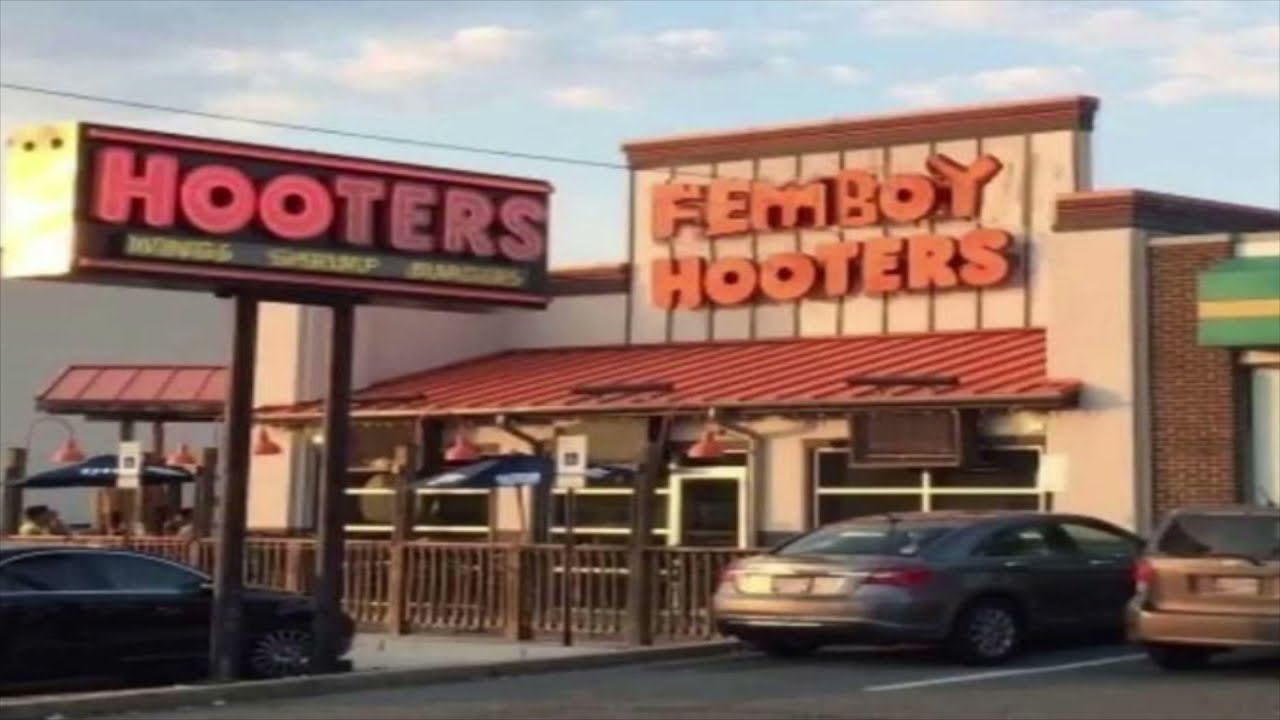
Disconnected settings, on the other hand, are where worldbuilding really shines. Of course there are excellent examples of connected worldbuilding, but even the best of the likes of Rick Riordan and Neil Gaiman cannot achieve the sheer scope and depth of settings such as Discworld, the World of the Wheel, and—who could forget—Middle Earth. That’s not even getting into franchises like Star Wars or Brandon Sanderson’s Cosmere, which span not just single worlds but entire cosmologies. What these all have in common is that even though Earth as we know it may technically exist (or have existed, or will exist) in them, our reality holds no significant relevance to their stories. None of these settings are Earth. While they often take inspiration from real life places, cultures, people, and more, they are explicitly not real life. Even in something like Attack on Titan, where the world is just Earth flipped vertically, nothing from the real Earth holds narrative influence over the story.
Fantasy, especially high fantasy, is where most of these disconnected worlds are seen. Beyond that, science fiction stories very often also take place in disconnected settings. To explore various themes which often encompass entire societies or worlds, working with only the real world can be very limiting. Where could you fit a humble villager’s journey to defeat a great, magical evil, if you only had Earth to set your story? Instead, when you have The Shire and Gondor and Mordor under your narrative control, you can weave your entire world to fit the exact specifications of your story without breaking a sense of consistency with reality; there is no connection to “real” reality, and so everything you create is reality in the context of your creation. Star Wars is another very popular example of this, complete with the “villager defeats great evil” plotline.
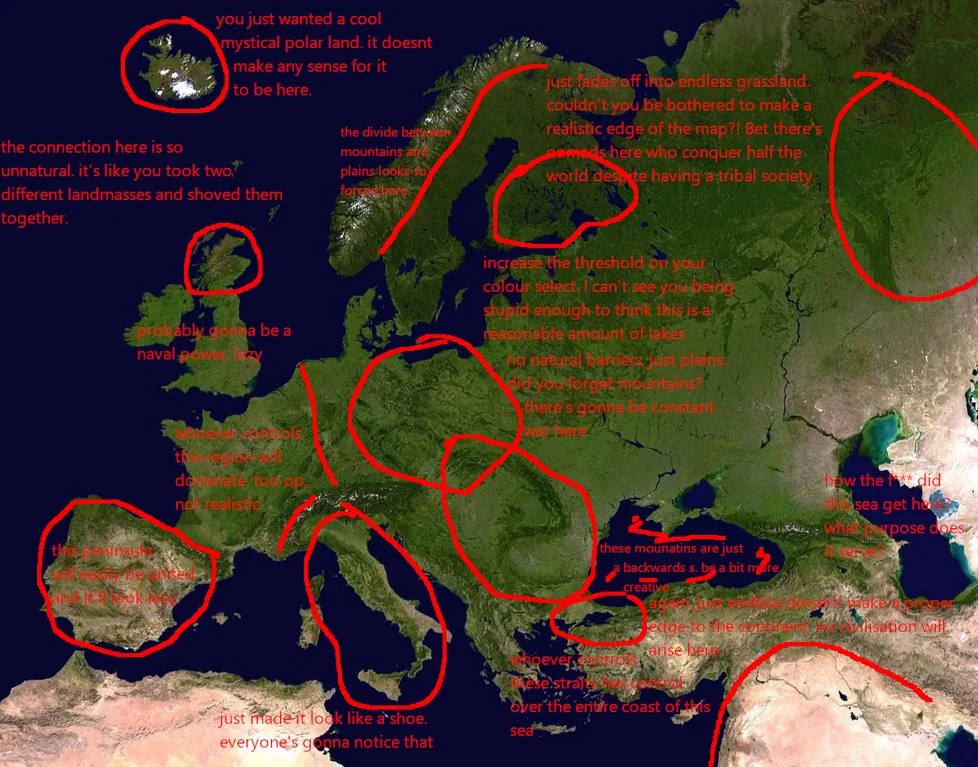
Now, about science fiction. When it comes to sci-fi stories, the connections of their settings to Earth tend to blur the line between “connected” and “disconnected” worldbuilding. In some stories such as Blade Runner or Nineteen Eighty-Four, future—but still recognizable versions of Earth take the centre stage in the narrative. However, in others such as Dune and Warhammer 40K, Earth exists but much of the time does not play a part in the plot, with a destroyed/uninhabitable Earth being a common trope in these settings. Nonetheless, most of the time there is a good amount of distinction between sci-fi stories that focus on Earth, and those that only sometimes mention our species’ homeworld. Exceptions to this pattern do make compelling stories, though (check out The Expanse. Pleaaase check out The Expanse it’s so good).
In any case, sometimes disconnected settings are just plain cool. Why have boring real Earth, when you could have distant planets full of magic and spaceships? That is why nearly all of my stories, including my current work-in-progress novel Sailor for the Second Dusk (check the Cluster for previews), take place in settings completely disconnected from the real world. Want to see magic space sailors? Anthropomorphic bounty hunters? Giant airships? Ancient alien portals? Fictional settings are your friend. For me, building worlds is more than half the fun of telling stories, and in fact most of my stories begin as settings before I populate them with characters. If nothing else, this habit certainly helps with the homebrew D&D campaigns I like to run for my friends (cries in forever DM).
Often my setting ideas start as themes—power and democracy, change and acceptance, expansion and exploration, things like that. Then I take whatever interest I have at the time and mash it together with the theme, creating “keystones”: space sailors gaining the power of dead gods, magic shapeshifters being shunned from an industrialized society, ocean-going ships crossing interplanetary voids. The rest of the setting is then built around these keystones, with most story-relevant elements tying back to them. The resulting settings tend to be less nuanced and a bit simplistic at times, but they work very well to tell stories, and holy hell are they fun to make.
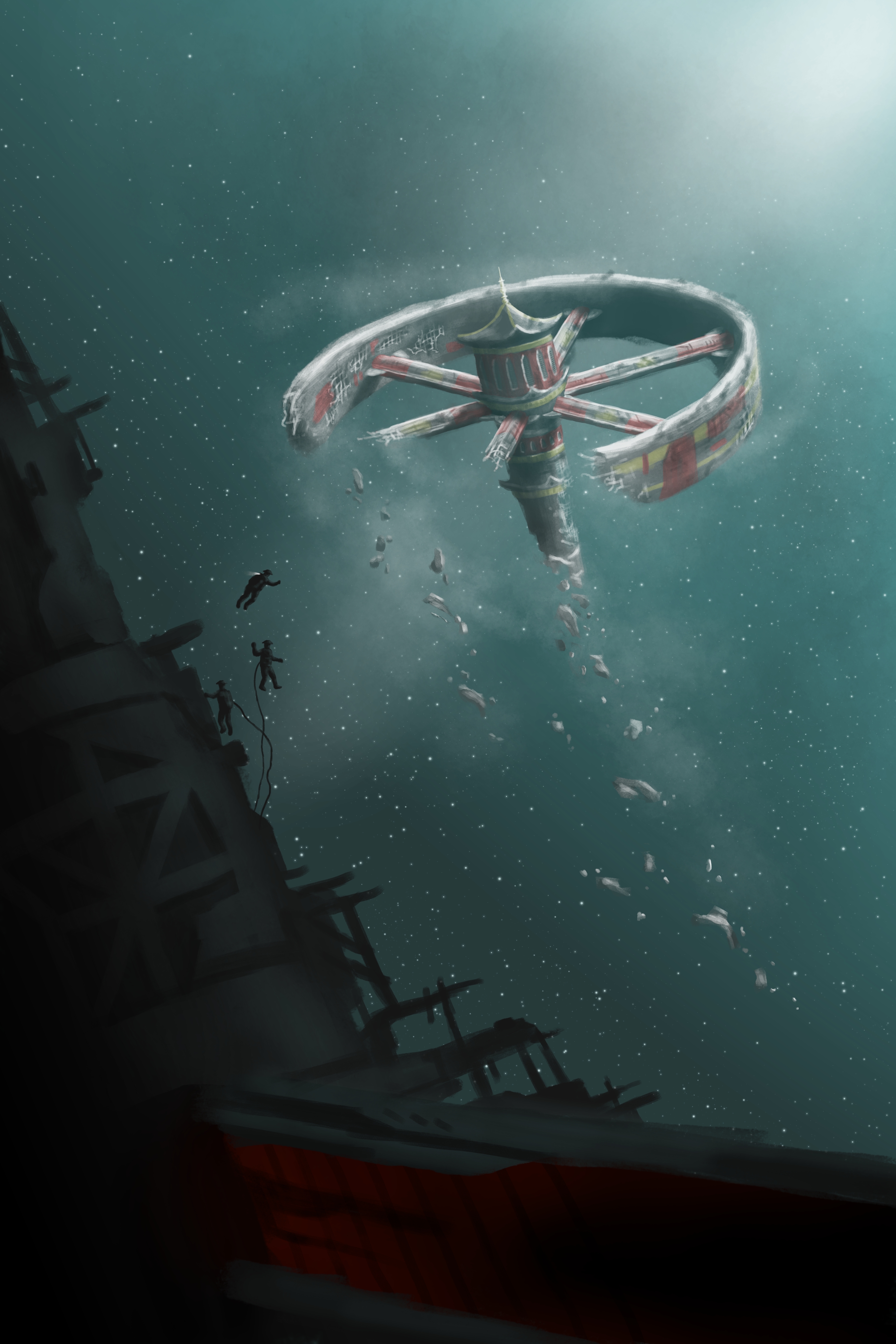

I’m not sure how to conclude this blog post. It’s been so long since I last updated my website, and I’m not sure if there’s even anyone around to read this. Should I make a statement about the world at large? Should I make a segue into a piece of life advice? The reality of everyday life is deeper than many of us might think, but the reality is also that most of the time we don’t have the time to worry about hidden worlds.
I guess my advice for you, dear reader, is to take some time out of your day to write down your daydreams—or maybe doodle them. Also take pictures of the world around you, the little scenes you pass by but never pause to admire. Stop and think and feel for a little bit. If you’re not busy working your ass off to survive in this economy (as shall likely soon be my fate), spare a moment to appreciate the things we overlook in our endless daily hustle. You might just be missing out on entire worlds. No pressure, though.
Best wishes.
